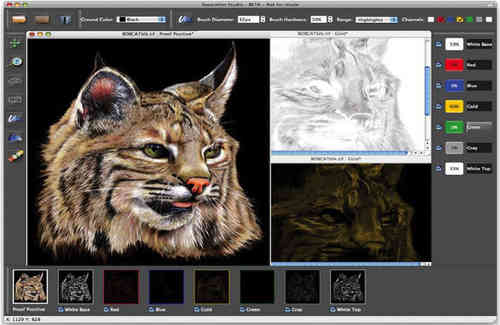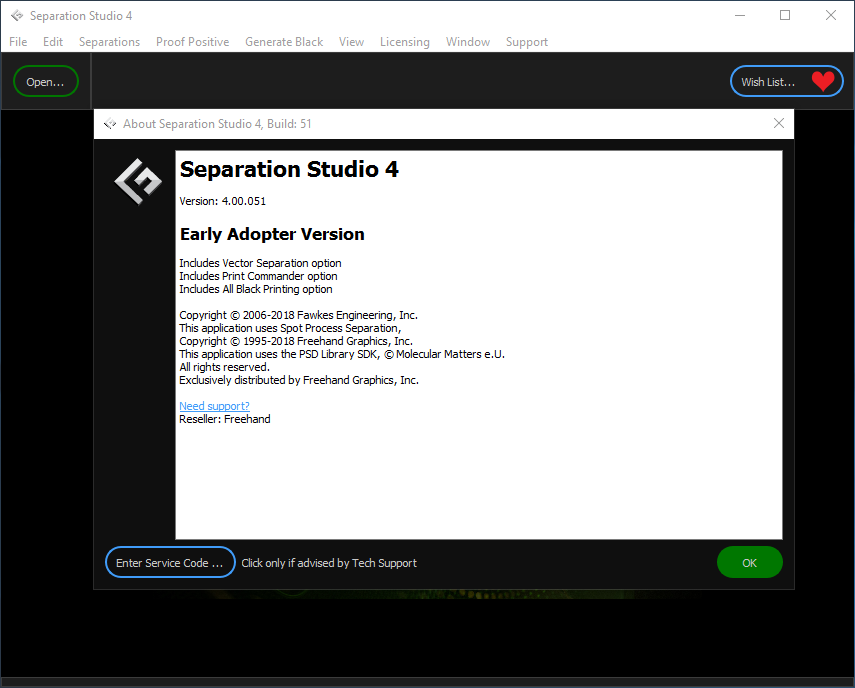
- Practice image for separation studio how to#
- Practice image for separation studio skin#
- Practice image for separation studio full#
For instance, people will recognize the purpose of the “what’s new” page, or “search” field. Sometimes users will instantly understand the purpose of a certain feature or a page. Make sure to follow the commonly accepted navigational principles for the structure of your app. If necessary, slightly modify these patterns to fit the overall context of your design. Take inspiration from UX design trends and most common patterns used today, but don’t blindly implement them without considering their fit with your application. Incorporate these common patterns into your design to allow them to easily navigate your app. Your users’ past experiences of using other apps will inform their expectations for using all applications, including yours.
Practice image for separation studio how to#
Your users have an expectation of how to navigate the app Make sure you adhere to the typical navigation methods of the Internet.

For instance, they will expect to be able to swipe through pictures. People get used to the design patterns they encounter every day. Principle 2: Make the navigation of your app predictable Navigation elements should always be visible and they should facilitate the completion of high-value tasks. You can do so by increasing the font size, adding whitespace, and making sure that the element’s color contrasts well with the background color. If you want the user to use your application effectively, turn their attention to the most important elements of your app. For instance, you can use a tooltip or a caption to provide instructions.

If you suspect that an integral part of your layout may confuse your users, use visual aids to explain what needs to be done.

Your design should make it clear what the user needs to do. Tell the user exactly what they need to do Let’s take a checkout process as an example: you could ask users for information all at once, but they’ll find it easier to fill in information over multiple steps: their shipping address, billing information, credit card information, etc. They shouldn’t view it as a chore that needs to be done. Minimize the cognitive load of using your app so that users can navigate step-by-step. Break down big tasks into really easy stepsĬognitive load measures the mental effort needed to complete a task. If they can’t do what they want easily, they might close your app and never come back. Users are there to find specific information, perform an action or consume some kind of content.

Don’t interrupt them while they’re using your app – or at least don’t interrupt them immediately. Try to make a great first impression once they open your app. Normally, when someone downloads an app, he or she wants to use it for performing a specific task. You can find the finished version of the photo in Kiesling’s video here.Prove your app’s value by giving users what they want right away.
Practice image for separation studio skin#
Julia Kuzmenko McKim has a great text-based tutorial as well, titled, “ Skin Retouching – Frequency Separation Technique.” Her page also includes a number of before-and-after examples that you can switch between by dragging a slider. Frequency separation involves creating a high detail (high spatial frequency) layer and a low detail layer from a source image Using this technique enables you to smooth and rework rough and fine details independently, and opens up some very high-quality and non-destructive methods with which to sharpen your images. a technique that enables you to selectively process not only different areas of an image, but also different detail levels. Here’s an explanation by retoucher Ben Secret for his tutorial “ Retouch images with frequency separation“: This is not intended to be a high-end retouching tutorial, but techniques that can help people who want to do natural-looking retouching while maintaining most of the natural skin texture!įrequency separation is a technique that allows you to give skin a smooth-yet-sharp look.
Practice image for separation studio full#
I use this process on every photo that I do, and I usually spend about 4-5 minutes on headshots like this (and less time on full body shots when there is obviously less detail in the face). Here’s a great introductory retouching tutorial by photographer Sara Kiesling, who writes,īasic skin retouching using frequency separation and dodging & burning.


 0 kommentar(er)
0 kommentar(er)
